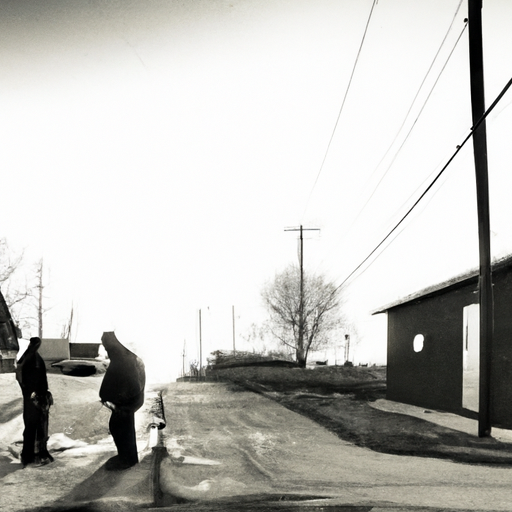A Deeper Look into the Canadian Opioid Crisis: Lessons from Lambton County
In a striking update from CBC News, the opioid crisis in Canada continues to surge, posing a significant threat to residents and local communities. The alarming speed and intensity of this public health crisis is aptly illustrated by the recent experience of Lambton County in Ontario, where the health authorities reported an unprecedented rise in opioid-related emergencies.
In this thoughtful critique, I aim to discuss the devastating effects of the opioid crisis that are described in the article and delve into the actions that are being employed on various fronts to combat this alarming situation. It has always been recognized that addressing the opioid crisis requires a multidimensional approach, marrying prevention and treatment, law enforcement and community outreach, and policy development and research.
Opioid Crisis: Unprecedented Rise in Emergencies
According to the article, the Lambton Public Health reported a sharp increase in opioid-related emergencies over a week, with 16 incidences, including two deaths. This number may seem small in the grand scheme of things, but for a relatively small population in a rural county, it is quite significant. It underscores the painful reality of the opioid crisis that Canada and much of the world is grappling with – no community, no matter its size or location, is immune.
Effects of the Opioid Crisis
The dramatic rise in opioid-related emergencies speaks to the broader, societal effects of the opioid crisis. Practical implications range from soaring healthcare costs, strain on emergency services, to collateral drug-related crimes and violence. It also facilitates the rise of a vulnerable homeless population; people with untreated addiction are inevitably more likely to experience homelessness. Additionally, the ripple effects on the mental and emotional health of affected communities can’t be understated.
Efforts to Combat the Opioid Crisis
Facing this complex and urgent crisis, various strategies have been implemented to fight back:
- Opioid Class Action Lawsuit: In 2020, three Canadian provinces filed a C$1.1 billion class-action lawsuit against several opioid manufacturers, seeking compensation for the public-health costs of the addiction crisis.
- Expansion of Naloxone Availability: To counter opioid overdoses, there has been a concentrated effort to disseminate naloxone kits. In Lambton County, for instance, pharmacies and public health units are providing these kits for free to the public.
- Public Awareness: Education has been leveraged as a potent tool in this battle. Many programs aim to increase awareness about the dangers of opioid misuse and the availability of treatment options.
- Policy Development: Canadian authorities are continually reviewing and updating policies related to opioid usage and availability, particularly in the context of prescription drugs.
Look to the Future: Building a Resilient Community
While these efforts have yielded some positive results, there is substantial work to be done. Stricter regulation on opioid prescription, comprehensive treatment and recovery services, increased funding for research, and stronger international collaboration are needed to keep reinventing our approach to this public health crisis.
Final Thoughts
In summary, the Canadian opioid crisis continues to inflict unprecedented harm on communities across the country. The spike in opioid-related emergencies in places like Lambton County serve as a sobering reminder that no community is immune from this scourge.
Slowly but surely, efforts are being mounted to combat this crisis, including legal actions against opioid manufacturers, expanded naloxone availability, increasing public awareness, and policy developments. However, the breadth and depth of the crisis insist that no single approach will be sufficient. We need to continuously innovate and integrate solutions, coming together as a society to deflect this on-going threat to our community health.
Every citizen, every community, and every leader has a role in this effort. The time to act is now. Always remember, “An ounce of prevention is worth a pound of cure”. We can, and we will, overcome this together.
